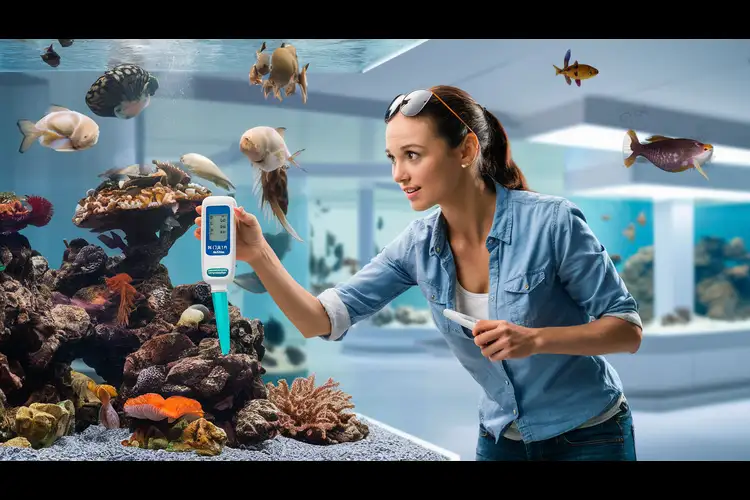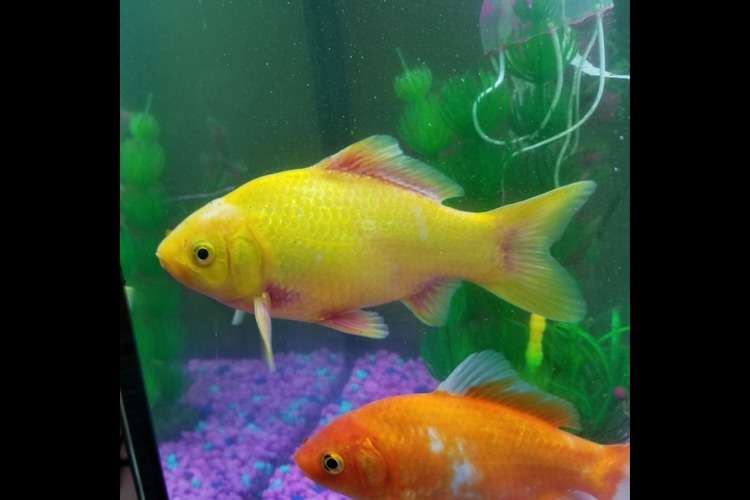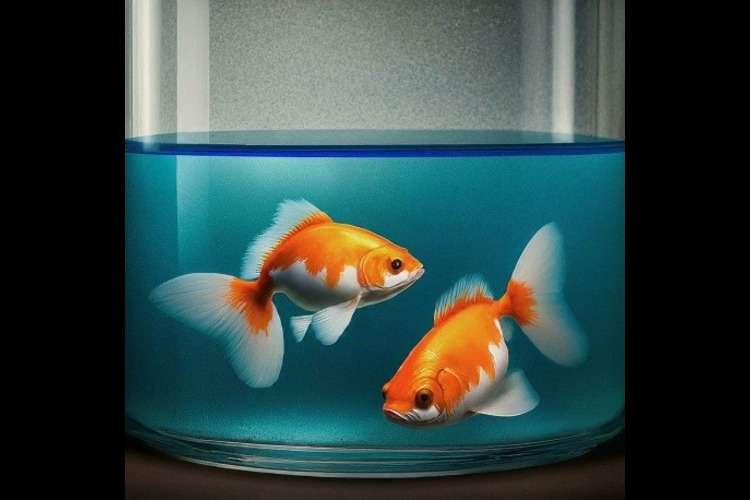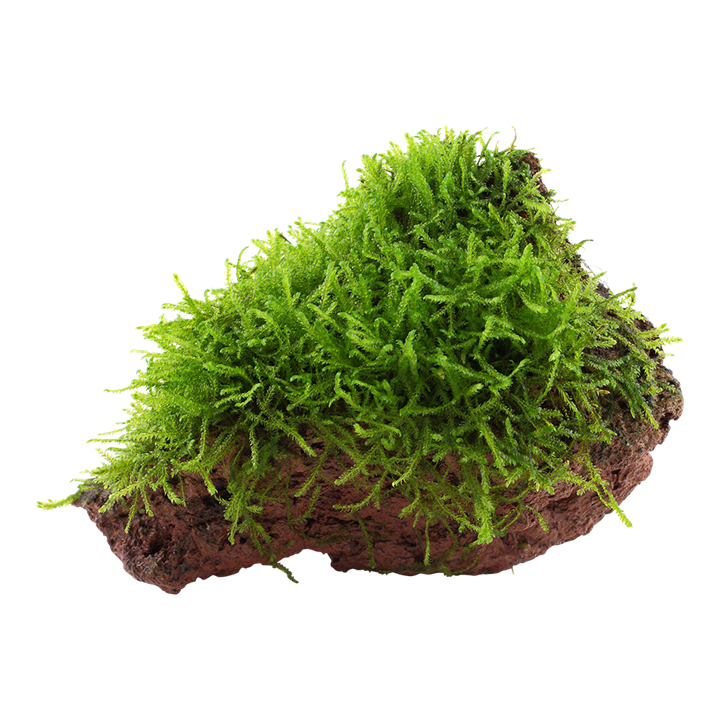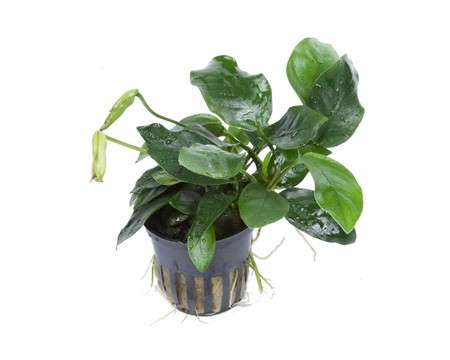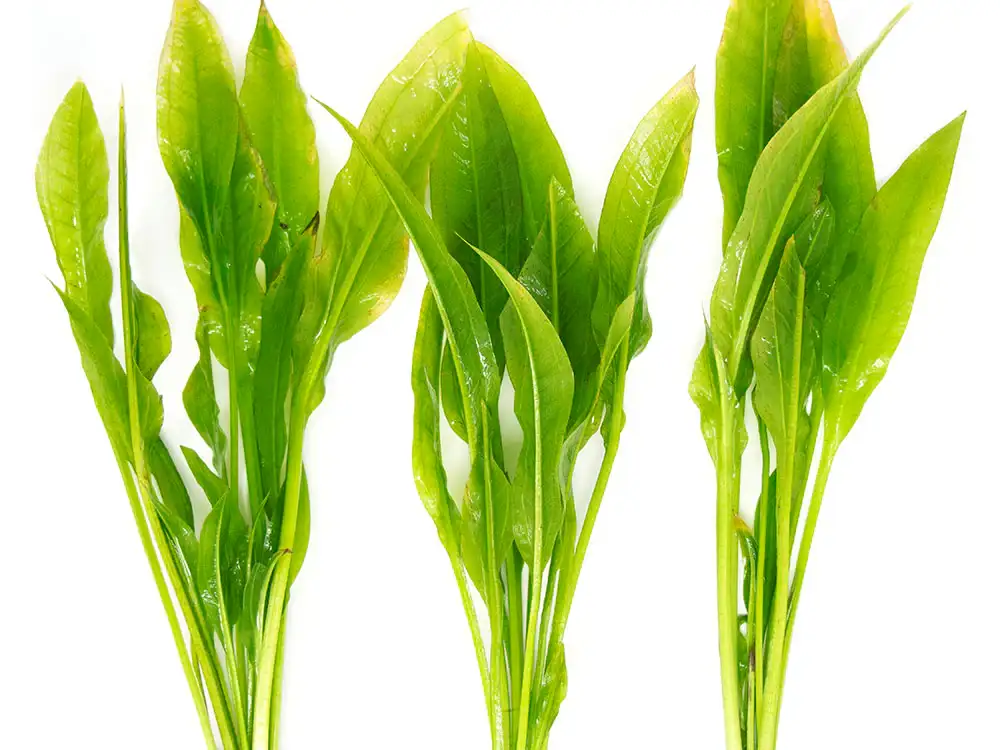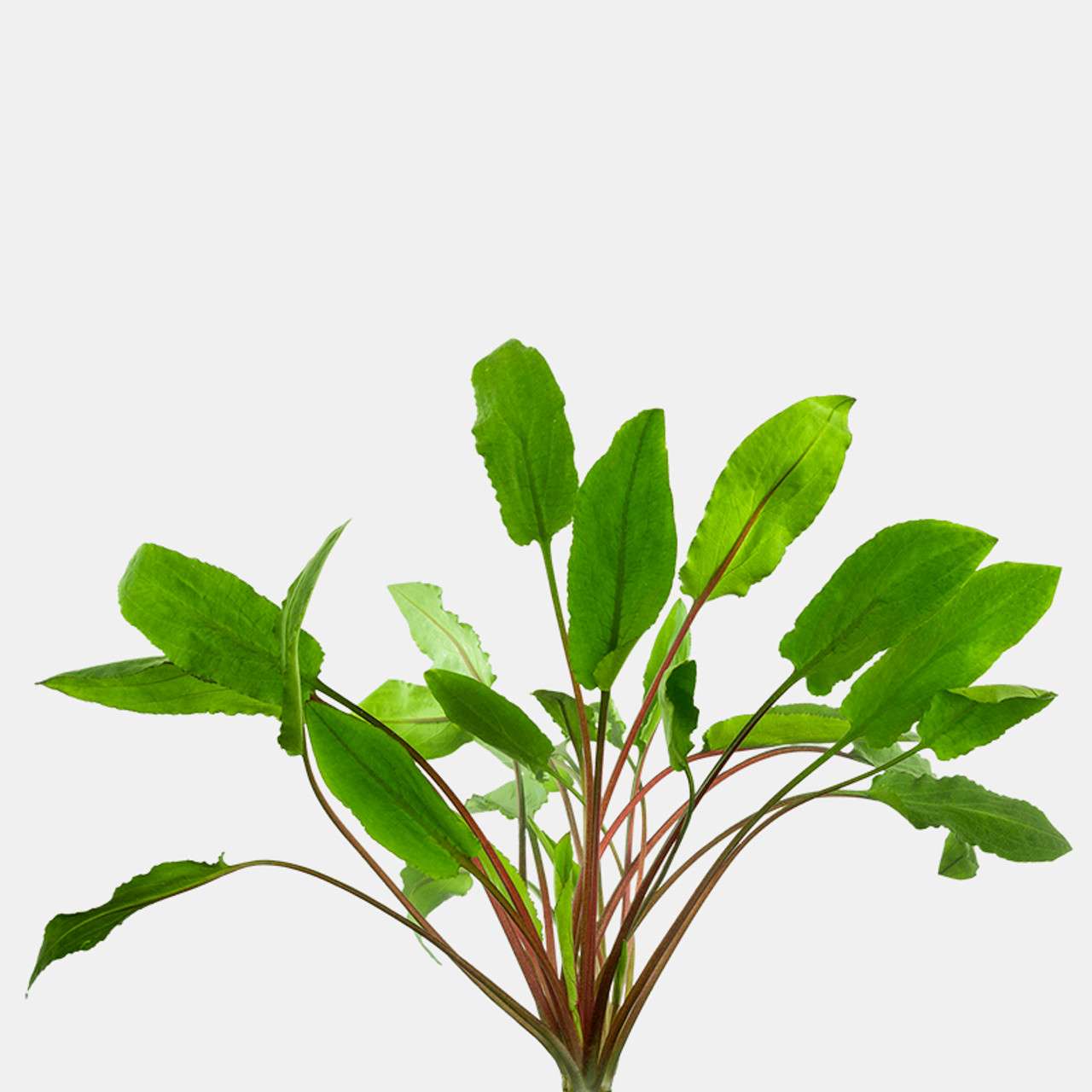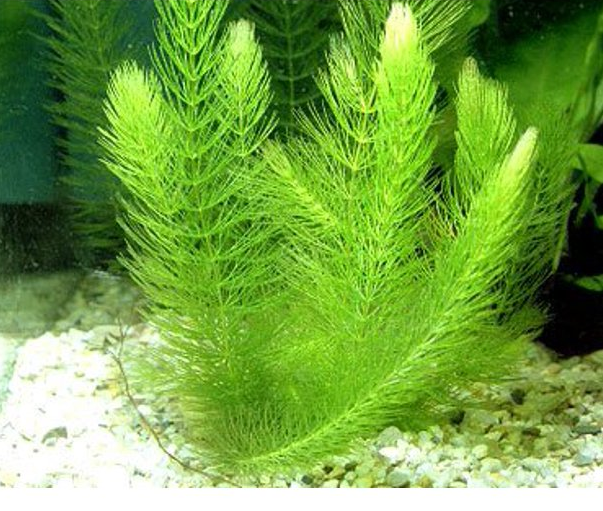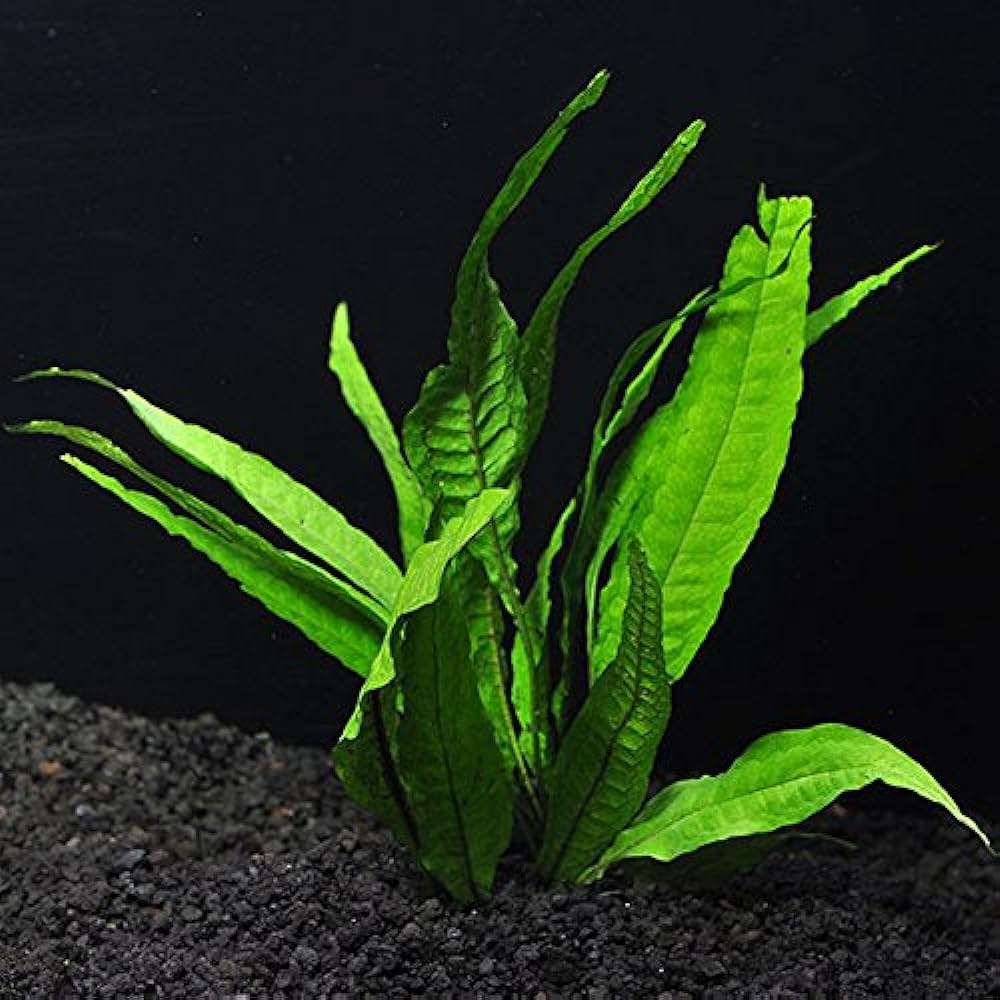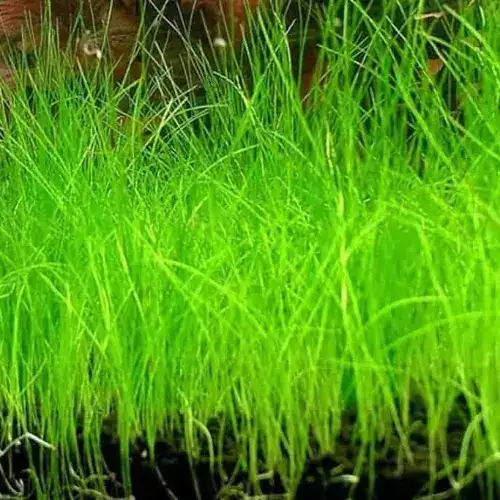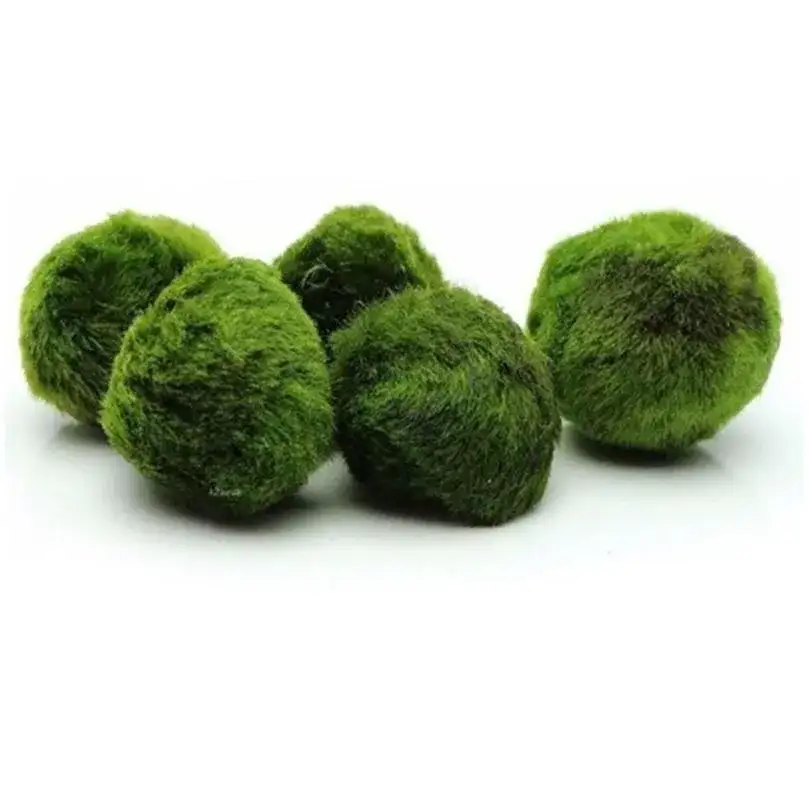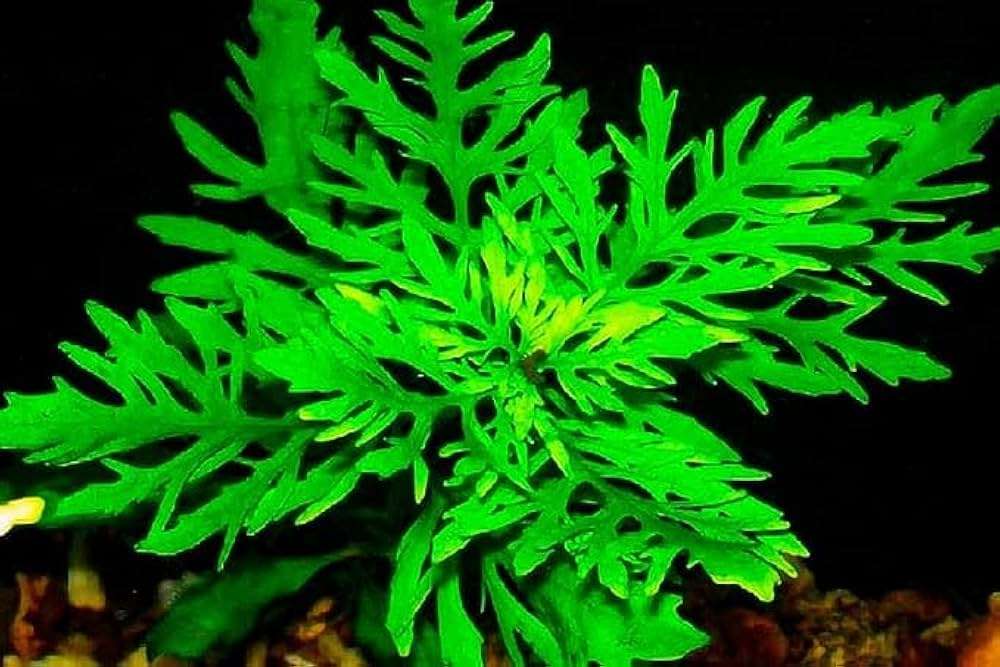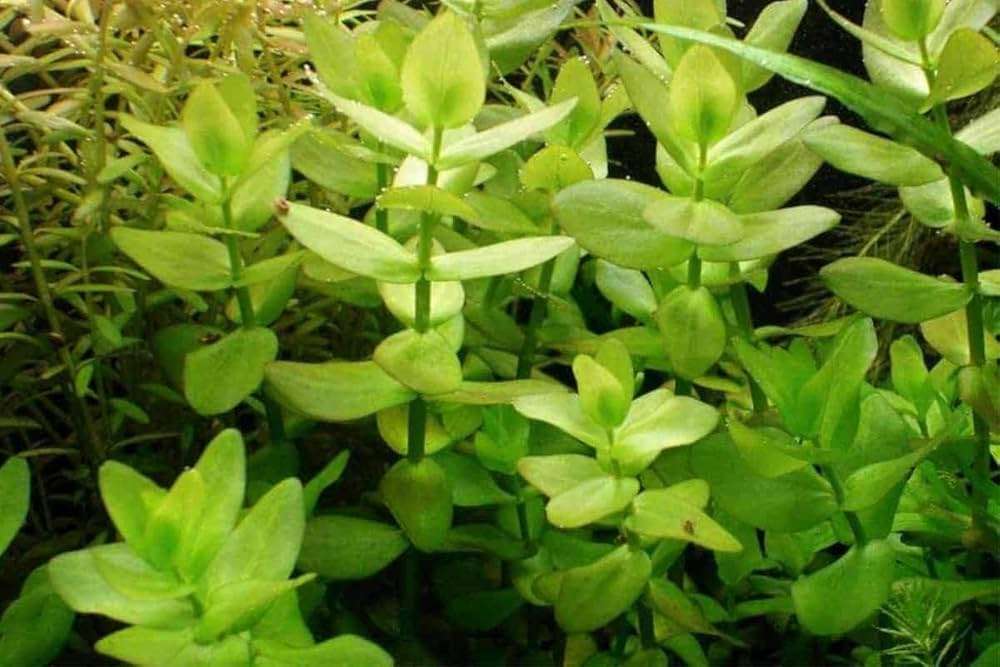Exploring Dutch, Iwagumi & Nature-Inspired Aquascaping Styles
Learn the key differences between Dutch, Iwagumi, and nature-inspired aquascaping. Discover the unique principles and techniques for each style in creating vibrant landscapes.
Table of Contents
- Dutch Aquascaping: A Garden Underwater
- Iwagumi Aquascaping: A Minimalist Approach Inspired by Zen
- Nature-Inspired Aquascaping: A Reflection of the Great Outdoors
- Faq
- Conclusion
Aquascaping is an art that brings the beauty of underwater landscapes into your home. These serene and captivating aquatic environments are some of the most popular in the market, such as Dutch, Iwagumi, and Nature-inspired aquascapes, each with their unique design principles and aesthetic approaches. Here's how to get to know more about these three aquascaping styles and what makes them different from one another.
Dutch Aquascaping: A Garden Underwater
Aquascaping that represents the Dutch style originated from the Netherlands in the early 1930s. Recognizable features of Dutch aquascaping involve an extremely organized layout along with lush plant life. Thus, Dutch aquascaping focuses on creating an underwater "garden" with denseness and variety of plants at stake. The aim is for it to look lush yet almost natural, with differentiated layers in this arrangement of plants, taken one at a time for their different colors, textures, and sizes.
Key Features
· Plant Variety: Dutch aquascapes are full of a mix of aquatic plants, often contrasting colors and textures. They make use of tall plants, short ground covers, and everything in between to create layers of depth.
· Precision and Order: Unlike more freeform styles, Dutch aquascaping is highly ordered. Plants are carefully placed in rows and clusters to create a harmonious composition.
· Focus on Plant Health: Since the plants are what Dutch aquascaping focuses upon, their health is very important. Pruning and proper care on a regular basis will ensure the aquascape remains rich and lush.
Iwagumi Aquascaping: A Minimalist Approach Inspired by Zen
Iwagumi is a type of Japanese aquascaping and focuses on simplicity, balance, and the idea of nature in itself. The word "Iwagumi" literally translates as "stone arrangement," meaning that stones are its integral feature. In an Iwagumi aquascape usually, there are only a small number of stones and with a triangular or asymmetrical layout. This is said to be about the balance in nature, with complementary plants that do not even try to compete with or overpower the stones.
Key Features
· Rock Composition: Stones are considered the main components of the Iwagumi aquascape. They are placed in such a way that they follow more or less the "rule of thirds" or the "golden ratio," with a large stone positioned slightly off the center for a natural look.
· Minimalism: By definition, Iwagumi aquascapes present a minimalist look, with fewer plants, and a clean, serene appearance. The plants used are those that are low-growing; carpet plants, mosses, or grasses are favorites.
· Symbolism and Balance: The rocks, plants, and so forth symbolize mountains, rivers, and landscapes found in the natural world. The design is to be such that it will evoke calmness and balance, fitting the principles of Zen philosophy.
Nature-Inspired Aquascaping: A Reflection of the Great Outdoors
Nature-inspired aquascaping is a style wherein elements from the natural environment are combined with artistic interpretation to create a unique blend. This aesthetic draws from landscapes, forests, mountains, and rivers, but brings these elements into your aquarium in a way similar to the beauty of the real world. Nature-inspired aquascape often uses organic shapes or flowing lines and combines using both hardscape components (rocks, driftwood) along with softscape components (plants).
Key Features
· Nature-Inspired Landscape Aquascapes: In an aquascape, this theme tries to mimic the natural scenery, such as forests, mountains, and rivers. Driftwood, stones, and plants are selected and used to create the look of an actual outdoor landscape.
· Balance and Flow: The composition of elements is according to nature's principles, where each element finds its place in the design that is flowing and cohesive. The plants and hardscape are used together to create a sense of movement, often mimicking water flow or the layout of natural terrain.
· Diverse Planting: Unlike Dutch aquascaping, nature-inspired aquascapes may incorporate a broader range of plants, often mixing terrestrial and aquatic species to capture the essence of a natural habitat.
Faq
1.What is Dutch aquascaping?
A plant-focused style with a variety of aquatic plants arranged in a precise, lush garden layout.
2.Key features of Dutch aquascaping?
· Plant variety and layering
· Highly ordered arrangement
· Focus on plant health
3.What is Iwagumi aquascaping?
A minimalist Japanese style centered around carefully arranged rocks and few plants, reflecting Zen balance.
4.Key features of Iwagumi aquascaping?
· Stone placement using the rule of thirds
· Minimalist design with few plants
· Symbolizes natural balance
5.What is Nature-Inspired aquascaping?
A style mimicking natural landscapes, combining rocks, driftwood, and plants for a flowing, organic look.
6.Key features of Nature-Inspired aquascaping?
· Mimics natural environments like forests or rivers
· Balanced, flowing composition
· Diverse plant selection
7.How is Dutch aquascaping different from Iwagumi?
Dutch is plant-heavy and ordered; Iwagumi focuses on rocks and minimalism with fewer plants.
8.How does Nature-Inspired differ?
Nature-Inspired combines a mix of plants and hardscapes, creating a more organic, flowing design compared to the structured Dutch and Iwagumi styles.
9.Can I combine styles?
Yes, but keep the core principles of each style intact for a cohesive design.
10. Which style is easiest for beginners?
Iwagumi is simpler with fewer plants and focuses on rock placement, making it more beginner-friendly.
Conclusion
Whether you’re drawn to the vibrant beauty of Dutch aquascaping, the minimalist elegance of Iwagumi, or the natural charm of nature-inspired designs, each style offers a unique approach to creating stunning underwater landscapes. All require proper planning, patience, and understanding of plant care and principles of design, but the outcome is always an awe-inspiring aquatic garden bringing nature's beauty into indoor living. Explore these styles, experiment with different elements, and create your very own personal aquascape to represent your vision of underwater beauty.


